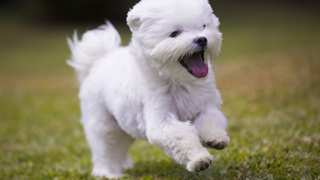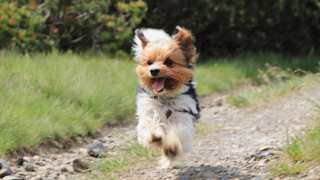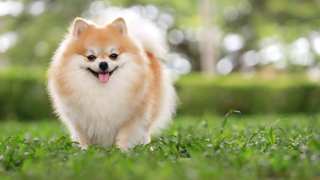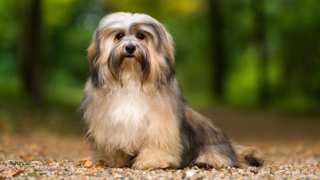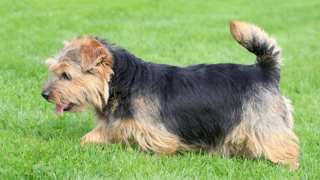Tending your Yorkie's teeth is a bit of a chore at times, but keeping her teeth clean and her breath fresh means she's in good health and happy too. Small dogs are prone to dental issues, and Yorkies are particularly problematic. Their small jaws, their baby teeth, and their tender tummy can all create issues.
Yorkie baby teeth fall out over time, and while it may not happen as quickly as you think it should, it may take several months. Having chewy snacks and chew-toys can aid in loosening their baby teeth. Yorkshire Terrier teeth removal can be done when you have your dog spayed or neutered.
Their teeth should be cleaned daily to prevent plaque buildup. A gentle wiping and brushing should do the trick. There are plenty of wipes, brushes, and toothpaste specifically for dogs, and it's not hard to learn how to brush Yorkie teeth.
Bad Yorkie breath should not include mere dog food smell or breath that is just slightly not so pleasant. Truly bad odor such as rotting food or the smell of feces indicates a problem that could be gum disease, a poor diet, diabetes or intestinal parasites, among other health issues. Making sure your dog's teeth are clean, that they have a proper diet and that they are hydrated can sometimes resolve Yorkshire Terrier bad breath. If the odor persists, there may be complicated problems that a vet should check out.
As puppies when they are teething, they can have "milk breath," which is both unpleasant and normal. This will pass in time. Puppies are said to be too young to get halitosis, but if the smell is very bad, there may be an intestinal problem. This might be remedied with supplements and doggy mouth rinses along with daily brushing. One gastrointestinal tract helper is Fortiflora which promotes good bacteria.
Also of concern are Yorkie tear stains. This can be a buildup of mucus or other goo in the eyes, and it is believed that this can lead to whisker rot, skin irritation and bacteria buildup. Keep your Yorkie's eyes cleaned by gently wiping them with a damp tissue. If there is discoloration, a constant accumulation of fluids or other things that seem odd, have your vet check it out.

